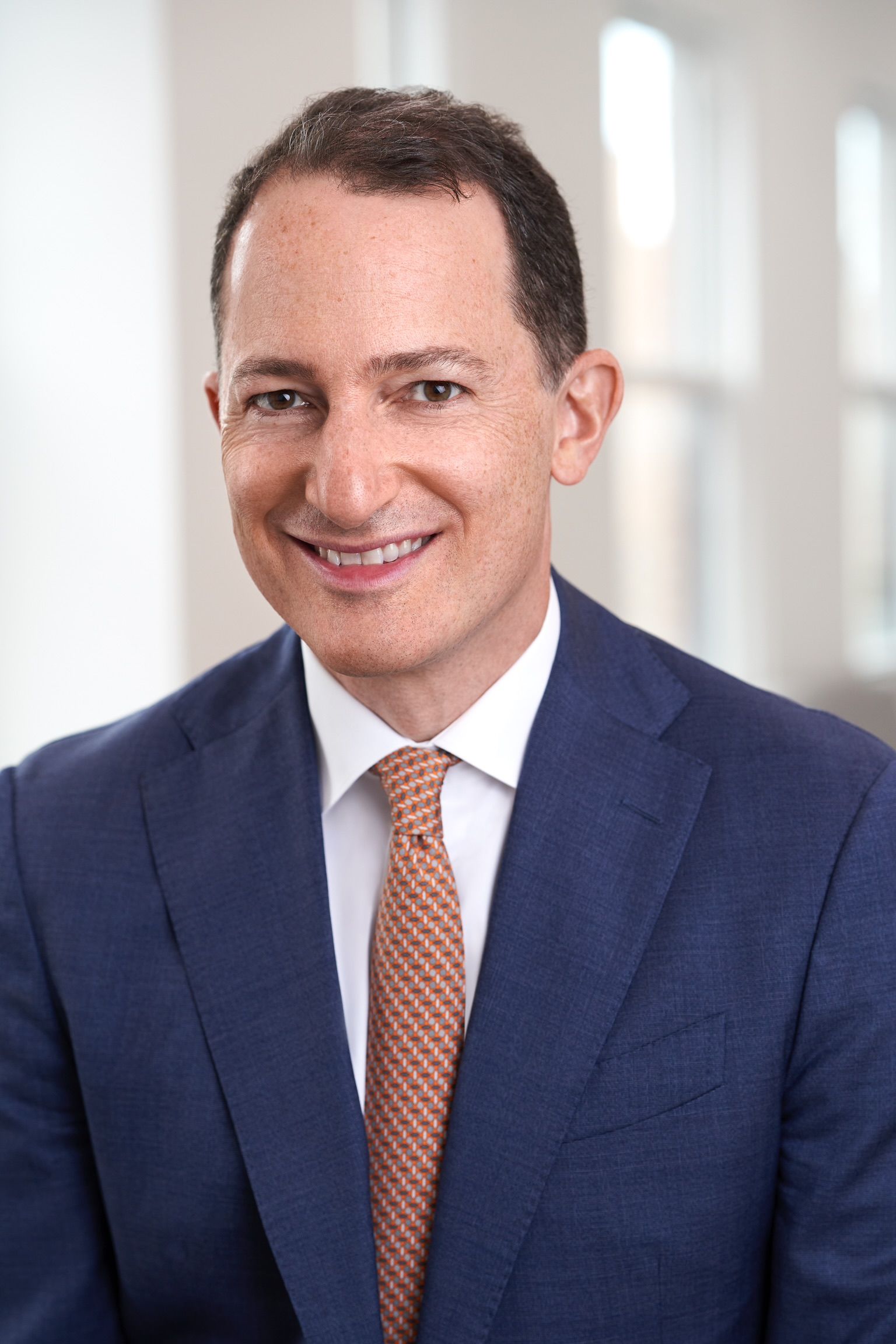Publication
Article
Digital Edition
How to take the mystery out of the elective payment experience for patients
Author(s):
When patients pay for elective procedures, premium experience often falters.
(Image Credit: AdobeStock/Natee Meepian)

As practices across many specialties of medicine continue to add elective, self-pay services to their traditional insurance-based offerings, patients’ expectations continue to rise. For elective practices, the goal is to provide patients with a thoughtful and premium journey through elective surgery that not only ensures their happiness and satisfaction but also supports the success and growth of the practice.
We must consider all aspects of patients’ interactions with the practice to create an outstanding patient experience, yet there is 1 event that is often overlooked within the patient’s journey: the payment process. A negative payment experience can detract from an otherwise flawless interaction. How can we make paying for elective services a great experience for both patients and providers?
Consumers expect a seamless transaction
Today, it is common for consumers to pay for purchases by simply inserting, swiping, or tapping their credit card or even their phone. It is easy, clear-cut, and efficient. In medicine, however, making payments can appear very obtuse, complicated, and confusing, particularly when it comes to fees for premium cataract surgery with multiple components. The ideal is a payment system that is frictionless for patients while adhering to best practices in terms of compliance. We want the payment experience to feel premium, streamlined, and cutting-edge, as well as transparent and comprehensible for patients.
Within refractive cataract surgery, the most compliant way for patients to pay for a premium procedure is to maintain payment separation, with the patient paying each provider for services to be provided. This was traditionally done in separate locations and at different times. In the past, when we scheduled patients for refractive cataract surgery, we would do our best to explain the different charges. For example,1 let’s say an elective premium procedure costs $3000; $2000 is paid to the surgeon’s practice and $1000 is paid to the facility or the ambulatory surgery center. We explain to patients that they will be making that payment at the facility. If the patient has elected to be seen postoperatively by a comanaging doctor for postoperative refractive care, a third payment is made; for example, $1700 to the surgeon and $300 for the postoperative refractive care. Patients may indicate that they understand this, but then when it comes to the day of the surgery, patients may not remember what they were told. Compounding matters, much later, they are asked to pay again at the comanaging doctor’s office. This process would often cause friction and confusion on the part of the patient. We want to avoid this entire unpleasant scenario.
A single payment event
CoFi’s payment software allows the patient to pay all the separate components at once, at the time they schedule the surgery. Each party’s fees are itemized individually and then processed as separate distinct payments from the patient to each party, maintaining payment separation, but simplified into a single payment event—“1 swipe. ” This system has eliminated the confusion, awkwardness, and discomfort that would often occur at the time of payment collection. We also have the option of emailing the multiparty invoice to patients, who can then input their credit card information securely.
Additionally, for patients who choose to finance their elective procedure, they can still directly pay the multiple individual parties with 1 financing “event.” Collecting payment from patients is now a simple, easy, and premium experience.
Avoiding compliance issues
In light of recent lawsuits and settlements alleging ophthalmology practices of Anti-Kickback violations, compliance issues around collaborative care are an area of concern among surgeons. There are 4 main points to consider2: patient choice, price transparency, fair market value, and payment separation. The safe harbor is always ensuring patient choice and doing what is best for the patient. Eye care providers with whom patients often have an ongoing relationship may be better positioned to perform the proper postoperative care and refractive services. The bottom line is patients ultimately decide where they receive their postoperative care, and they must make independent payments to providers who are setting their own prices and charging a fair market value. Shared care is a clear-cut scenario in which everyone benefits.
The number of ophthalmologists is declining, while the population is aging and cataract surgery volume is increasing at the same time. Many ophthalmologists have chosen to do only surgery, with fewer having the ability to provide necessary postoperative care, with its accompanying chair time spent counseling and educating patient. Postoperative care and postoperative refractive care can be provided by the surgeon’s in-house team of doctors or the patient’s choice of qualified provider.
Patients’ long-term eye doctor is well positioned to perform this role. Comanagement is not going anywhere, and we surgeons must ensure we are following the guidelines around patient choice and payment separation. There cannot be any kind of set pattern or written arrangement; rather, patients make the decision of which surgeon they want to perform their procedure and where to go for their postoperative care.
Implementing the platform
Implementing CoFi was very easy for our practice, with the company’s staff helping us to onboard all our pricing information into the multiparty invoice template. We input the price of our packages, the facility fees, cost of postoperative refractive care, and any other elective items, such as laser, compounded eye drops, intraoperative aberrometry, or extensive dry eye treatment.
Before CoFi, my surgical counselor would review the fees and calculate the various charges, often with different costs for each eye. The process was confusing for everyone and left room for error.
Now with only a couple mouse clicks, a streamlined multiparty invoice is generated: the total price is visible, as well as the itemization per provider. Patients pay with 1 swipe, and the software facilitates each party, charging the patient’s card in separate transactions. As new technology emerges, we simply edit our packages or lens offerings and can easily update the price information in the template without having to perform manual calculations.
The CoFi software system is extremely simple in the office and easy for patients to understand, yet very powerful behind the scenes. The platform features a “magic button” that allows us to instantly cancel or reverse payments if, for any reason, a surgery is canceled or only a portion of the services are performed. This tool allows us to streamline payments for elective procedures in a compliant and easy-to-understand manner. However, we still must take care to be compliant in all our conversations, record keeping, and paperwork.

Tal Raviv, MD
E: talraviv@eyecenterofny.com
Raviv is the founder and medical director of the Eye Center of New York and a clinical associate professor of ophthalmology at the New York Eye and Ear Infirmary of Mount Sinai. Raviv is a shareholder in CoFi. The figures in this article are hypothetical figures for purposes of this example. Each provider should set their prices for refractive services at fair market value. This article is informational and does not represent legal advice. Please seek out legal services when implementing your payment or comanagement processes.

Newsletter
Don’t miss out—get Ophthalmology Times updates on the latest clinical advancements and expert interviews, straight to your inbox.





